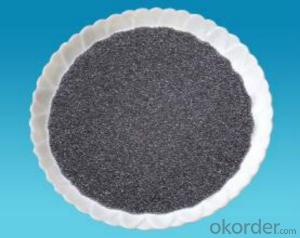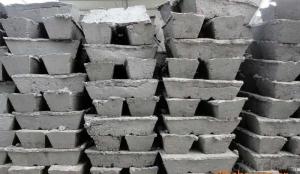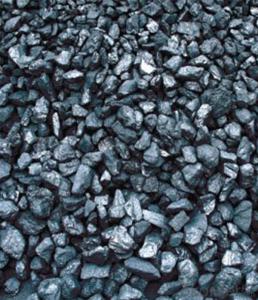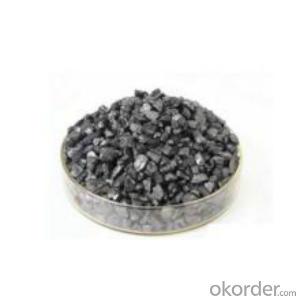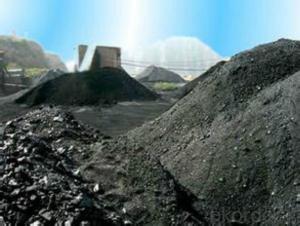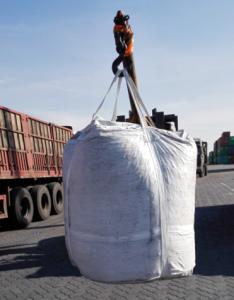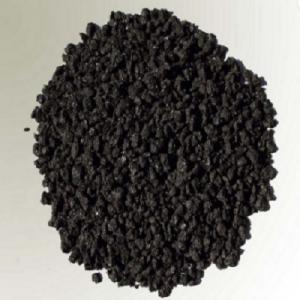Low S Calciend Petroleum Coke made in China
- Loading Port:
- Tianjin
- Payment Terms:
- TT OR LC
- Min Order Qty:
- 20.9
- Supply Capability:
- 2090 m.t./month
OKorder Service Pledge
OKorder Financial Service
You Might Also Like
Brief introduction
Calcined Petroleum Coke comes from delayed coke which extracted from oil refinery. Although Calcined Petroleum Coke contains a little bit higher level of sulfur and nitrogen than pitch coke, the price advantage still makes it widely used during steel-making and founding as a kind of carbon additive/carburant.
BaoSteel is world famous organization. This calcined petroleum coke's raw material is from Bao Steel, which has great quality guarantee. It is more and more crucial for the steel industry and inreplacable
Features
Our product has follwing advantages:
The morphology, chemistry and crystallinity of recarburisers
have a major impact on the overall casting cost. The combined
application and cost benefits, which are derived through the
use of Desulco, enable foundries to manufacture castings in a
highly cost effective manner.
reduces
Inoculant consumption
MgFeSi consumption
Furnace refractory wear
Scrap rate
Tap to tap time
Slag inclusions risk
Chill
increases
Casting microstructure
Productivity
Process consistency
Specifications
Products | CPC | ||
F.C.% | 98.5MIN | 98.5MIN | 98MIN |
ASH % | 0.8MAX | 0.8MAX | 1MAX |
V.M.% | 0.7 MAX | 0.7 MAX | 1 MAX |
SULFUR % | 0. 5MAX | 0. 7MAX | 1MAX |
MOISTURE % | 0.5MAX | 0.5MAX | 1MAX |
Pictures
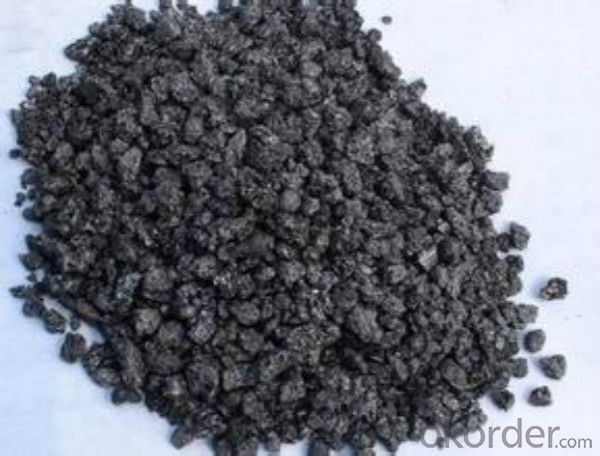
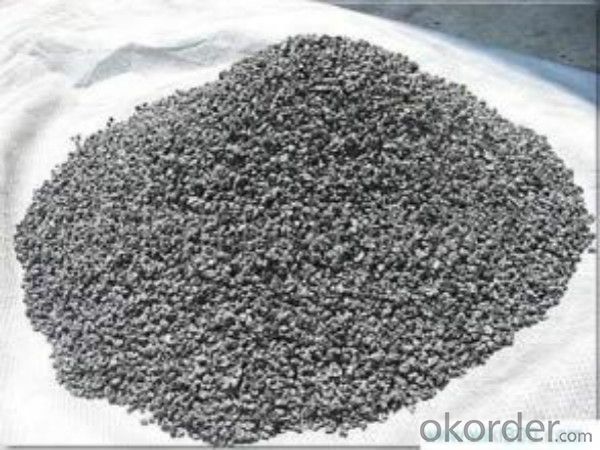
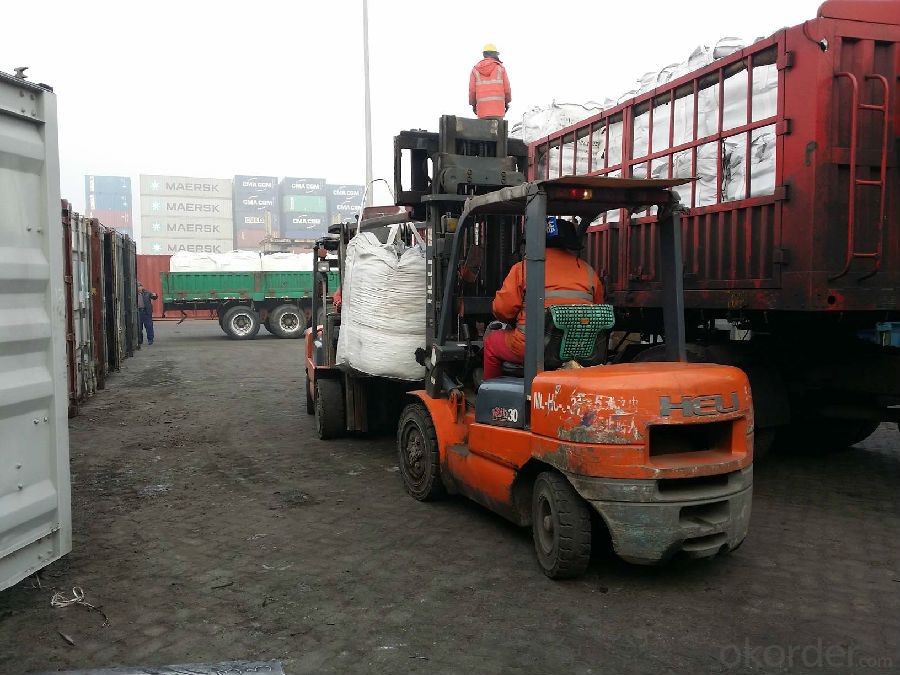
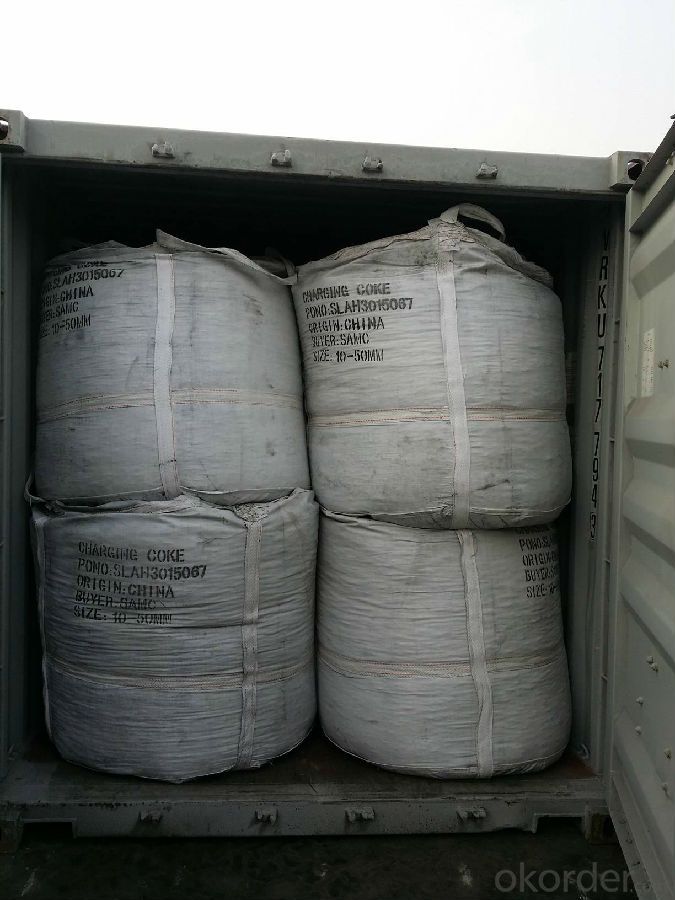
FAQ
1 What is the package?
In jumbo bag with/without pallet
2 What is the delivery time?
25 days after receiving the workable LC or down payment
3 What is the payment term?
T/T, L/C,D/P,D/A or to be discussed
- Q: Is carbon a metal or non-metal?
- Carbon is a non-metal. It is located in group 14 of the periodic table, also known as the carbon group. Non-metals generally have properties opposite to those of metals, such as being poor conductors of heat and electricity, having low melting and boiling points, and being brittle. Carbon, specifically, is known for its ability to form a variety of allotropes, including graphite and diamond. These allotropes have different physical and chemical properties, but they all share the characteristic of being non-metals.
- Q: How does carbon affect the formation of air pollution in urban areas?
- Carbon does not directly affect the formation of air pollution in urban areas. However, carbon-based pollutants, such as carbon monoxide and carbon dioxide, which are released from the burning of fossil fuels, contribute significantly to air pollution in urban areas.
- Q: What are the challenges of carbon capture and storage technology?
- Carbon capture and storage (CCS) technology shows promise as a solution for reducing greenhouse gas emissions and combating climate change. Nevertheless, there are various obstacles that must be overcome in order for it to be widely adopted and effective. One of the primary hurdles associated with CCS technology is its considerable cost. The implementation of CCS necessitates significant investments in infrastructure, equipment, and operations, making it economically burdensome. Additionally, the capture process itself requires substantial amounts of energy, resulting in increased costs and potentially limiting its feasibility. Another challenge pertains to the limited capacity for storage. Identifying suitable underground sites for storing the captured carbon dioxide (CO2) is crucial, but can be difficult due to geological limitations. The task of identifying and evaluating suitable sites with adequate storage capacity is complex and necessitates meticulous planning. Furthermore, concerns exist regarding the long-term stability and integrity of the storage sites. Leakage of stored CO2 could compromise the effectiveness of CCS and pose environmental risks. Ensuring the secure and safe storage of captured carbon is essential to prevent any adverse impacts on ecosystems and public health. Transporting the captured CO2 from the capture sites to the storage facilities also presents a challenge. Establishing an efficient and extensive transportation infrastructure is necessary for the widespread implementation of CCS technology. Developing pipelines or other means of transportation capable of handling the volume of captured CO2 and ensuring its secure transport over long distances is crucial. Public acceptance and social factors also significantly impact the challenges associated with CCS technology. Local communities may have concerns and objections regarding potential risks associated with the capture, transport, and storage of CO2. Effectively addressing these concerns through transparent communication and engagement with stakeholders is vital for garnering public support and minimizing opposition. In conclusion, carbon capture and storage technology has the potential to greatly reduce greenhouse gas emissions. However, its challenges, including high costs, limited storage capacity, integrity concerns, transportation infrastructure, and public acceptance, must be addressed to ensure successful implementation and make a significant contribution to mitigating climate change.
- Q: Speak in detail! I am ~ carbon Roast Lamb Leg lamb chops lamb barbecue ah ~ ~ how to do with practice video line! And how do you bake the oven?
- Step 2: prepare garlic paste, starch paste, mixed evenly, with the barbecue. The purpose is to make the lamb roast outside tender, and not paste, garlic flavor rich, delicious, very delicious, this is a unique secret recipe, dedication. Step 3: students after adding charcoal, grill, the best 30 cm distance between the grill with charcoal, around to gather, the formation of hot absolute direction, to avoid heat loss. Lamb must be able to rack up and down around the inversion freely, to evenly bake. Bake for 7 minutes until the lamb cooked, mashed garlic paste to wipe, scorched yellow Maoyou creaking, sprinkle with pepper and natural. Time to master almost on the line. Because mutton has the distinction between the old lamb and the lamb, it is difficult to grasp the baking time. If you use a home electric oven, you'll need to marinate the mutton first. Methods: fresh meat (lean half) dice, into the pot, cumin, pepper, fennel, two, ginger,
- Q: How does carbon affect the formation of volcanic eruptions?
- Carbon plays a significant role in the formation of volcanic eruptions. When carbon-rich magma rises to the Earth's surface, it releases large amounts of carbon dioxide gas. This gas builds up pressure within the volcano, contributing to the explosive nature of volcanic eruptions. Additionally, carbon dioxide dissolved in the magma can cause the magma to become more fluid, making it easier for it to reach the surface and result in volcanic activity.
- Q: What is carbon fiber reinforced polymer?
- Carbon fiber reinforced polymer (CFRP) is a composite material made up of carbon fibers embedded in a polymer matrix. It combines the high strength and stiffness of carbon fibers with the lightweight and corrosion-resistant properties of the polymer matrix. CFRP is widely used in various industries, including aerospace, automotive, and sporting goods, due to its exceptional strength-to-weight ratio and superior mechanical properties.
- Q: What is the relationship between carbon emissions and air pollution?
- The close connection between carbon emissions and air pollution cannot be understated. Burning fossil fuels, such as coal, oil, and natural gas, is the main source of carbon emissions, which release substantial amounts of carbon dioxide (CO2) into the atmosphere. This surge in CO2 levels significantly contributes to the greenhouse effect, which traps heat in the atmosphere and leads to global warming. On the other hand, air pollution refers to the presence of harmful substances in the air that can be detrimental to both human health and the environment. Although carbon dioxide itself is not directly toxic to humans, it plays a critical role in the formation of other air pollutants. One of the primary consequences of increased carbon emissions is the creation of fine particulate matter (PM2.5) and ground-level ozone (O3). These pollutants are formed through intricate chemical reactions involving CO2 and other pollutants like nitrogen oxides (NOx) and volatile organic compounds (VOCs). PM2.5 and O3 are notorious for causing respiratory problems, cardiovascular diseases, and various other health issues. Moreover, carbon emissions also contribute to the development of other air pollutants, such as sulfur dioxide (SO2), nitrogen oxides (NOx), and heavy metals. These pollutants are emitted alongside CO2 during diverse industrial processes, power generation, and transportation. They can have severe health consequences, including respiratory diseases, asthma, and even cancer. The reduction of carbon emissions plays a pivotal role in combatting air pollution. By transitioning to cleaner energy sources, such as renewables, and enhancing energy efficiency, we can significantly decrease the amount of CO2 and other pollutants released into the atmosphere. The implementation of stricter regulations and the adoption of cleaner technologies in industries and transportation can also aid in the reduction of air pollution and its associated health risks. In conclusion, the connection between carbon emissions and air pollution is inseparable. The release of CO2 and other pollutants from burning fossil fuels contributes to global warming and the formation of harmful air pollutants. Addressing the issue of carbon emissions is imperative in mitigating air pollution and safeguarding human health and the environment.
- Q: What is carbon nanocomposite coating?
- Carbon nanocomposite coating is a thin layer of material that contains carbon nanoparticles, which are dispersed within a polymer matrix. This coating is known for its exceptional strength, durability, and electrical conductivity, making it useful in various industries such as aerospace, automotive, and electronics.
- Q: How are carbon-based polymers synthesized?
- Polymerization is the process by which carbon-based polymers are created. It entails the chemical reaction of small molecules called monomers to form long chains of repeating units, known as polymers. Organic polymers, or carbon-based polymers, are composed of carbon atoms bonded together in a backbone structure. There are several methods for synthesizing carbon-based polymers, with addition polymerization being the most common. Addition polymerization occurs when monomers containing unsaturated carbon-carbon double bonds, like ethylene or propylene, undergo a reaction initiated by a catalyst. This catalyst can be heat, light, or a chemical initiator, and it causes the monomers to join together, forming a polymer chain. Another method for synthesizing carbon-based polymers is condensation polymerization. In this process, two different types of monomers react with each other, resulting in the elimination of a small molecule, such as water or alcohol. The remaining monomers then continue to react, forming a polymer chain. Polyesters and polyamides are examples of polymers synthesized through condensation polymerization. In addition to these methods, other techniques like ring-opening polymerization and step-growth polymerization are also used to synthesize carbon-based polymers. Ring-opening polymerization involves the opening of cyclic structures to form linear polymer chains, while step-growth polymerization involves the reaction of two or more monomers with reactive end groups. In conclusion, the synthesis of carbon-based polymers involves combining monomers through various chemical reactions to form long chains of repeating units. These polymers find wide applications in industries such as plastics, textiles, and electronics, thanks to their desirable properties such as strength, flexibility, and thermal stability.
- Q: What are the specifications of carbon fiber cloth?
- First, according to the different carbon fiber precursor, can be divided into:1, PAN based carbon fiber cloth (more than 90% of the market for this kind of carbon fiber cloth);2, viscose based carbon fiber cloth;3, asphalt based carbon fiber clothTwo, according to the different specifications of carbon fiber, can be divided into:1,1K carbon fiber cloth;2,3K carbon fiber cloth, 3,6K carbon fiber cloth;4,12K carbon fiber cloth;Large tow carbon fiber cloth 5,24K and overThree, according to carbon fiber carbonization can be divided into different:1, graphitized carbon fiber cloth, can withstand 2000 - 3000 degrees high temperature;2, carbon fiber cloth, can withstand 1000 degrees or so high temperature,3, pre oxidized carbon fiber cloth can withstand 200 - 300 degrees high temperatureFour, according to the different weaving methods, can be divided into:1, carbon fiber woven cloth, mainly include: plain weave cloth, twill, satin, unidirectional cloth etc.;2, knitted carbon fiber cloth, mainly: warp knitting cloth, weft knitting cloth, round machine cloth (bushing), flat knitting cloth (Luo Wen cloth) and so on;3, woven carbon fiber cloth, mainly: casing, packing, weaving belt, two-dimensional cloth, three-dimensional cloth, three-dimensional woven cloth, etc.;4, carbon fiber prepreg cloth, mainly include: dry wet prepreg; prepreg; prepreg cloth; prepreg; there is no Taub Taub; etc.;5, carbon fiber non-woven fabric, non-woven fabric, carbon fiber felt, carbon felt, including short cut felt, continuous felt, surface felt, needle felt, stitched felt, etc..
Send your message to us
Low S Calciend Petroleum Coke made in China
- Loading Port:
- Tianjin
- Payment Terms:
- TT OR LC
- Min Order Qty:
- 20.9
- Supply Capability:
- 2090 m.t./month
OKorder Service Pledge
OKorder Financial Service
Similar products
Hot products
Hot Searches
